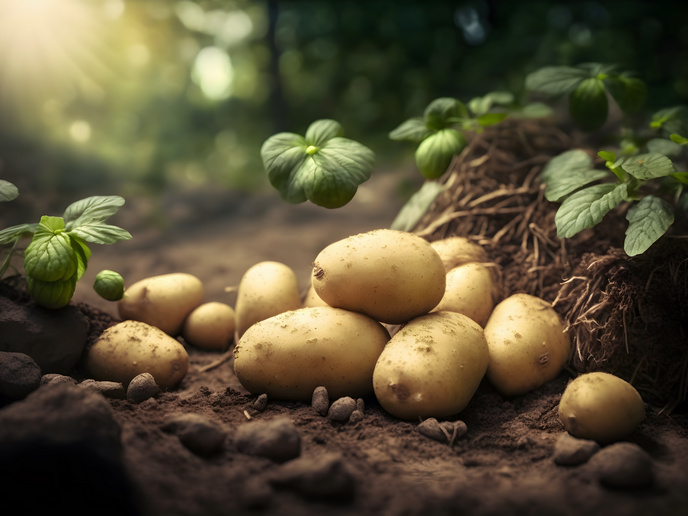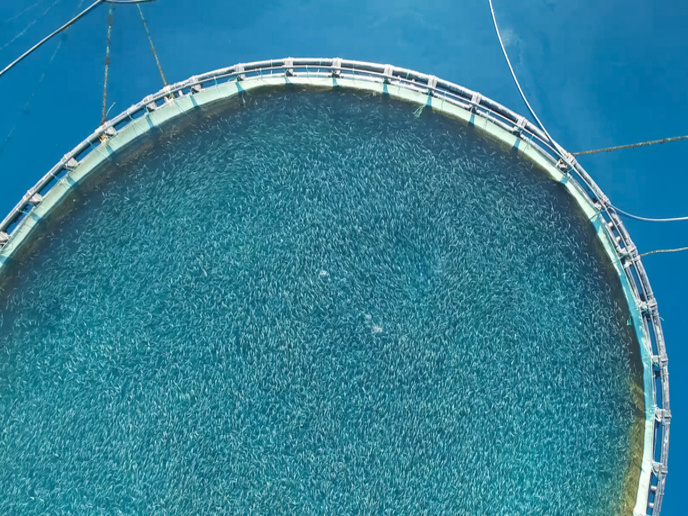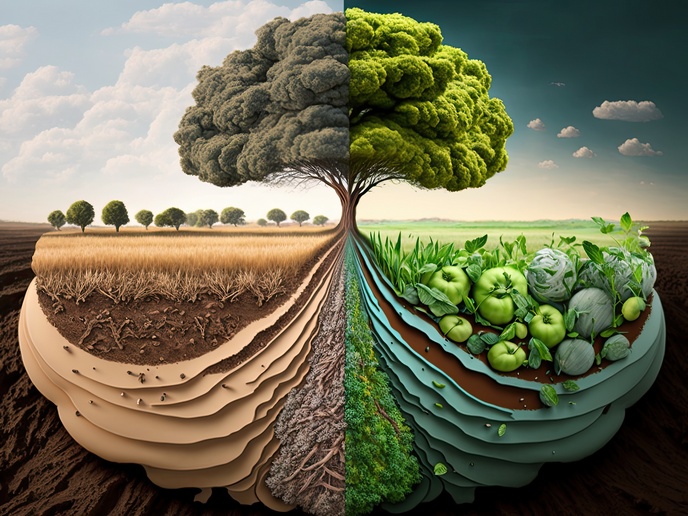Robots lend a helping hand to European microfarms
Microfarms can be highly productive, cultivating diverse offers to local markets with ‘just-in-time’ distribution, a feat that is more difficult for larger conventional farms. They appeal to entrepreneurial farmers, and attract consumers with high-value organic and specialist produce. Some can grow 100 different crops in under 5 hectares. Yet, these small farmers still face challenges with a lack of resources, and labour-intensive crops that often result in physical ailments such as back problems. The ROMI (RObotics for MIcrofarms) project brought together a consortium which aims to deploy affordable autonomous tools capable of tailored and precise tasks. Their developments include a customisable platform for controlling smart farm management tools, a ground rover and cablebot, and a phenotyping scanner for accurate plant modelling.
Field testing
Based on a battery-powered platform designed by Sony CSL, the rover is lightweight but robust enough to mechanically work the soil with a rotary tool, and is controlled by open-source code developed by the project. This is complemented by a cablebot – a robotic camera that moves along a horizontal cable suspended above the ground – for when drones are problematic, such as near airports. “It was clear that farmers needed something besides another drone. Our cablebot can run continuously, powered by a recharging station, recording plant growth as well as alerting farmers when they need to intervene,” explains project coordinator Jonathan Minchin, a researcher at project host IAAC in Barcelona, Spain. Software developed by the project analyses the cablebot’s images, creating maps to orient the rover when weeding or identifying plants. The heart of the system is a software dashboard that allows farmers to control the rover and cablebot, as well as receive reports and visualise incoming data, on their preferred devices. “Farmers can adapt our open-source system to their farm and markets, while remaining the custodians of their own data, without relying on expensive third parties,” says Minchin.
Attracting new farmers
ROMI’s AI-powered phenotyping scanner can create accurate plant models, follow their growth trajectory, and identify individual plant organs such as fruits, leaves and stems. This last ability is a crucial step towards automatic harvesting as well as disease detection. Humboldt University in Germany, a project partner, has provided additional adaptive learning algorithms to optimise movement of the scanner’s camera. The rover and cablebot were developed in collaboration with farmers at Chatelain Maraîchage organic farm in France and at Valldaura Labs in Barcelona, Spain. The phenotyping scanner was tested on real and virtual plants by developmental plant biologists at CNRS and INRIA. “We demonstrated in the field that the rover could effectively weed lettuce crops in a number of layouts. The scanner successfully automated the time-consuming process of taking measurements from plants, useful in both the lab and field,” notes Minchin. By helping microfarmers cost-effectively better manage crops, ROMI supports their growth and sustainability. “We want to make agriculture more attractive to young people,” adds Minchin. “Farming practices can be highly traditional and slow to change, but we’ve seen a real willingness to embrace robotics on microfarms.” The ROMI consortium is now seeking funding to further advance the robotic tools and platforms.
Keywords
ROMI, microfarm, robot, rover, cablebot, crop, farmer, phenotyping, scanner, drone, plant, weeding







